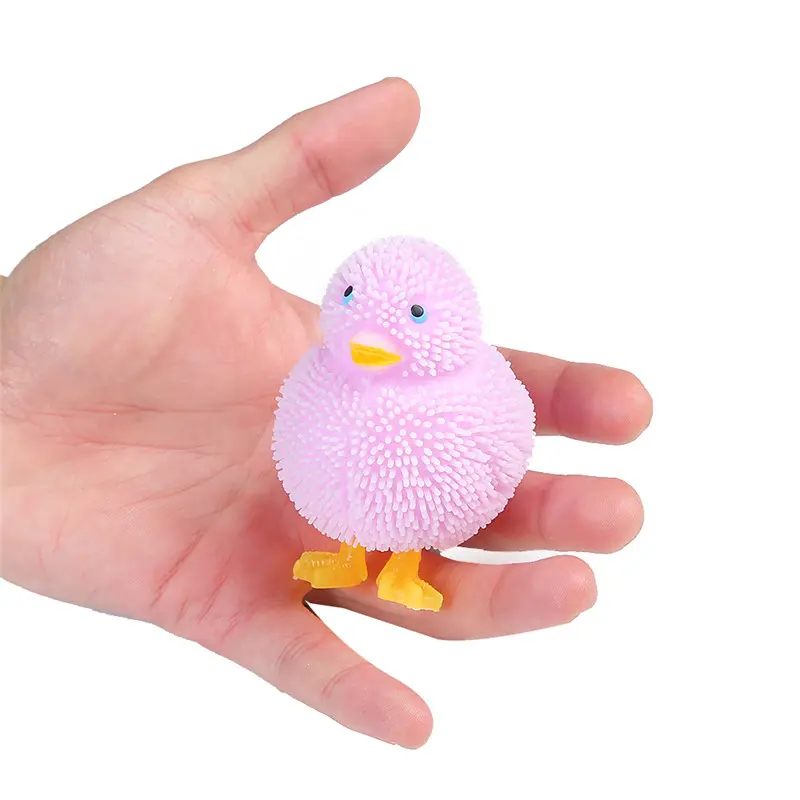Analysis of the Properties of TPR Materials for Children’s Toys
In today’s highly competitive children’s toy market, selecting the right material is crucial to meeting the needs of high-end wholesale and professional buyers worldwide. TPR (thermoplastic rubber) has become one of the preferred materials for children’s toy manufacturing due to its superior performance and environmental friendliness. This article will provide an in-depth analysis of the various properties of TPR to help you better understand its advantages in children’s toy manufacturing.
I. Introduction to TPR Materials
TPR is a thermoplastic elastomer, a blend of thermoplastics and elastomers. It combines the elasticity of rubber with the processing ease of plastic, allowing it to be molded without vulcanization. With a melting point ranging from 160°C to 220°C, this material can soften and mold quickly, recovering its elasticity upon cooling.
II. Physical Properties
(I) Elasticity and Flexibility
TPR exhibits high elasticity similar to that of rubber, allowing it to deform significantly under stress and return to its original shape upon removal of the force. This property makes TPR toys resistant to repeated stretching and bending, meeting toy safety requirements. Its flexibility enables it to maintain excellent performance even at low temperatures (-40°C).
(II) Wear and Chemical Resistance
TPR material has excellent wear resistance and can maintain a long service life in environments with friction and abrasion. It also has good oil and weather resistance, but is sensitive to UV rays and requires the addition of a light stabilizer.
(III) Hardness and Feel
TPR toy materials typically have a hardness range of 0A-80A. Its hardness and feel can be adjusted according to product requirements, providing great flexibility for toy designers.
III. Processing Performance
(I) Thermoplasticity and Molding Process
TPR is a thermoplastic material that can be processed multiple times through heating and cooling cycles. It is suitable for injection molding, extrusion, and blow molding. Compared to traditional rubber, TPR has a shorter molding cycle and higher production efficiency.
(II) Flowability and Molding Precision
TPR material has excellent flowability, allowing it to fully fill the fine structures and complex shapes of the mold, resulting in highly precise and complex products. This enables TPR toys to achieve intricate designs and complex structures. (III) Recyclability
TPR is a recyclable, green material. Using TPR in toy manufacturing not only helps reduce environmental impact but also lowers production costs.
IV. Environmental Performance
(I) Non-toxic and Harmless
TPR is non-toxic and harmless, meeting international safety standards and making it particularly suitable for children’s toy production. Most TPR materials comply with relevant environmental testing standards such as ROHS, REACH, EN71, and ASTM-F963.
(II) Diverse Environmental Requirements
Testing standards for toy products vary across countries and regions. For example, some require the absence of hazardous substances such as PAHs (polycyclic aromatic hydrocarbons) and NP (nonylphenol). These environmental requirements must be fully considered when compounding TPR rubber.
V. Appearance and Decorative Properties
(I) Color Matching
Soft rubber toys often come in vibrant and diverse colors, placing high demands on the color matching properties of TPR materials. Qualified TPR grades should exhibit good pigment diffusion properties, enabling vibrant and uniform color matching. (II) Spray Painting and Silkscreen Printing Performance
Most toys require spray painting and silkscreen printing. TPR material’s surface can be sprayed and silkscreen printed, and it bonds well with glue. To achieve excellent spray painting and silkscreen printing results, it is crucial to properly match the TPR adhesive with the ink and paint.
VI. Market Advantages and Application Prospects
(I) Market Advantages
Due to its versatility, environmental friendliness, and excellent processing properties, TPR has become an indispensable component of modern toy manufacturing. Compared to traditional PVC materials, TPR offers better environmental performance and ease of processing.
(II) Application Prospects
With the increasing global demand for environmentally friendly materials, TPR material has broad application prospects in children’s toys. Its outstanding performance and sustainable nature make it an ideal choice for the high-end toy market.
Post time: Aug-15-2025

